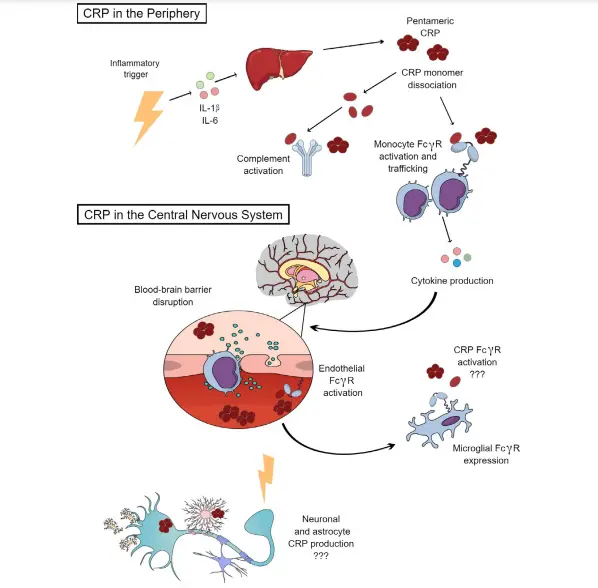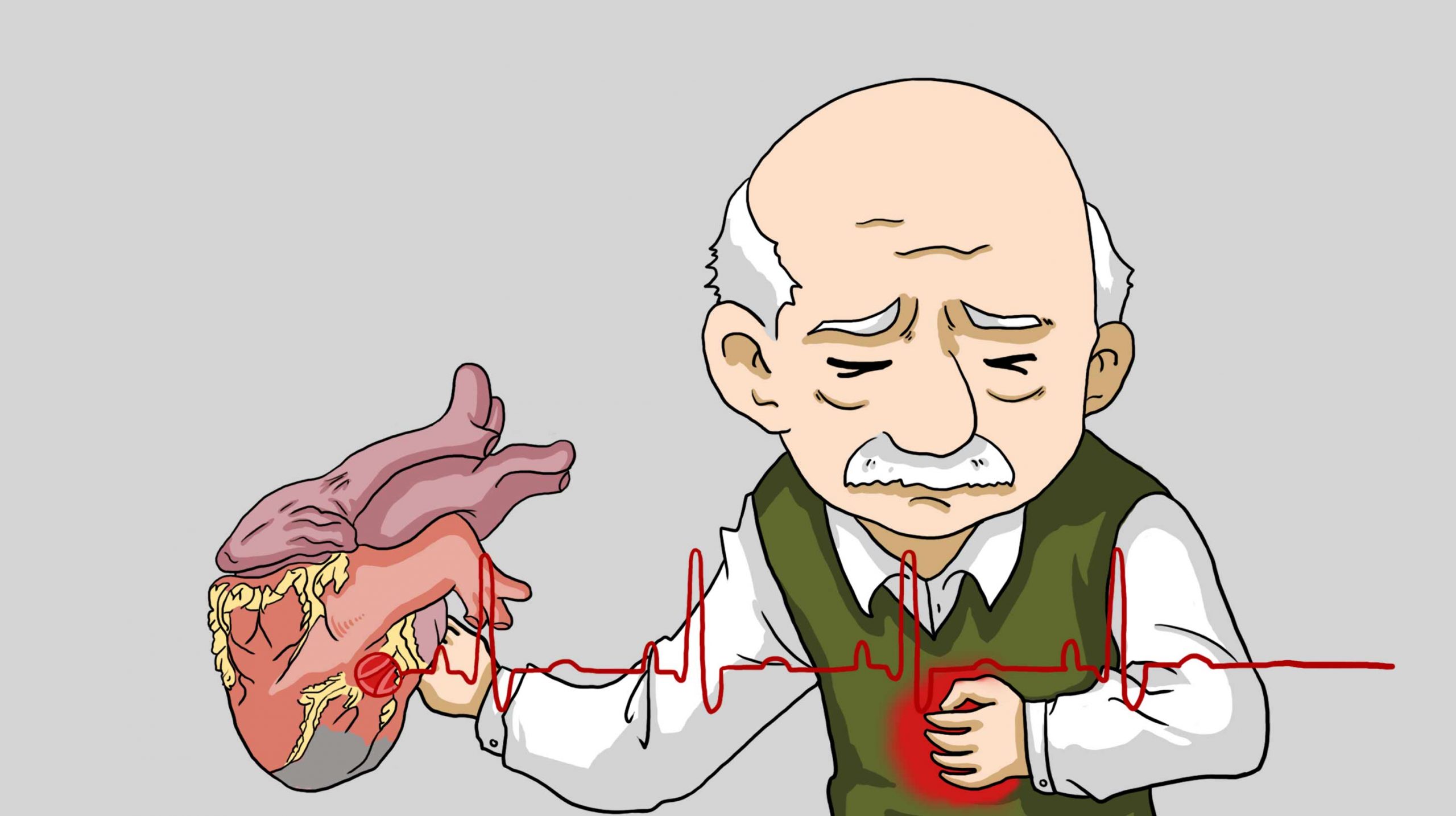Can a medical check-up reveal elevated “tumour markers”, can it be cancer?

Many medical check-up packages nowadays include more or less several tumor markers, and some of the expensive “high-end packages” even include dozens of them. If there are abnormal results in the physical examination report, does it really mean that you have cancer? What exactly should be done for “cancer prevention check-ups”? Today, we will talk about these issues.This article mainly covers.
1. What are tumour markers?
2. Can tumour markers be used for cancer screening?
3. How to interpret abnormal tumour markers found in medical check-ups?
4. What should be checked in a medical check-up to prevent cancer?
What are tumour markers?
Tumour markers are proteins found in body fluids or tissue specimens, and their increase or decrease may be correlated with the development of certain tumours. Two key words are used here, one is possible and the other is correlation. This means that the current tumour markers are not yet fully confirmed to have a causal relationship with tumours.
At present, tumour markers can be divided into 2 major categories, one is called circulating tumour markers and the other is called tissue tumour markers.
1 Circulating tumour markers.
These are the ones that we often encounter during medical check-ups, such as blood carcinoembryonic antigen, alpha-fetoprotein, CA125 and so on. These are proteins or other substances secreted by human cells (including tumour cells) that can enter the blood, urine, faeces or other body fluids, hence the name “circulating tumour markers”.
These markers are used mainly in patients with diagnosed tumours to help doctors assess the effectiveness of treatment and to monitor for residual cancer or cancer recurrence after treatment.
For example, a decrease in blood tumour marker levels may indicate that the cancer is responding to treatment, while an increase after treatment has ended may indicate that the cancer has returned. As to whether these tumour markers can screen for tumours or not, we will elaborate on this below.
2 Tissue tumour markers.
Tumour markers can also be found in the tumour itself, such as biopsies or tumour specimens removed during surgery, and are called ‘tumour tissue (or cell) markers’, such as PD-L1 in lung cancer.
These markers are generally used to help doctors develop better treatment plans for patients with tumours. These include
aiding in the classification of cancer.
Estimating prognosis.
Selecting the appropriate targeted therapy: for example, measuring tumour PD-L1 expression can help determine whether a patient is suitable for treatment with PD-1 or PD-L1 immune checkpoint inhibitors.
It is important to note here that there are many different tumour markers, some of which are associated with only one type of cancer – for example, prostate-specific antigen (PSA) is a specific marker for prostate cancer; there are also markers that may be associated with several different cancers – -For example, colorectal cancer, pancreatic cancer, stomach cancer, breast cancer and many other tumours may cause an increase in carcinoembryonic antigen (CEA).
Broadly speaking, genetic markers (e.g. oncogenic mutations) also fall under the category of tumour markers.
Can tumour markers be used for cancer screening?
Since tumour markers are inextricably linked to tumours, it makes sense that people would want to have their blood drawn for these indicators to detect cancer early before symptoms appear.
However, the problem is that while elevated levels of tumour markers in the blood (or other body fluids) may indicate the presence of cancer and may sometimes help in the early detection of cancer, not every patient with a particular cancer will have elevated levels of a particular tumour marker. For example, liver cancer is often associated with elevated levels of alpha-fetoprotein (AFP), but some patients with liver cancer do not have high AFP; also, many benign conditions often result in elevated levels of these markers.
Therefore, tumour markers alone are not sufficient to diagnose cancer. Measurement of tumour markers usually needs to be combined with other tests, such as biopsy or imaging, to diagnose cancer.
If you do have a certain type of cancer, the tumour marker may not be elevated (not sensitive enough); conversely, if you do not have cancer, the tumour marker may be elevated (not specific enough).
Therefore, the use of tumour markers for cancer screening in ordinary healthy people during medical check-ups often leads to over-diagnosis or leads to these healthy people undergoing many other tests that are unnecessary and which in turn can cause more harm to the body (for example, CT and PET/CT tests all have ionising radiation).



